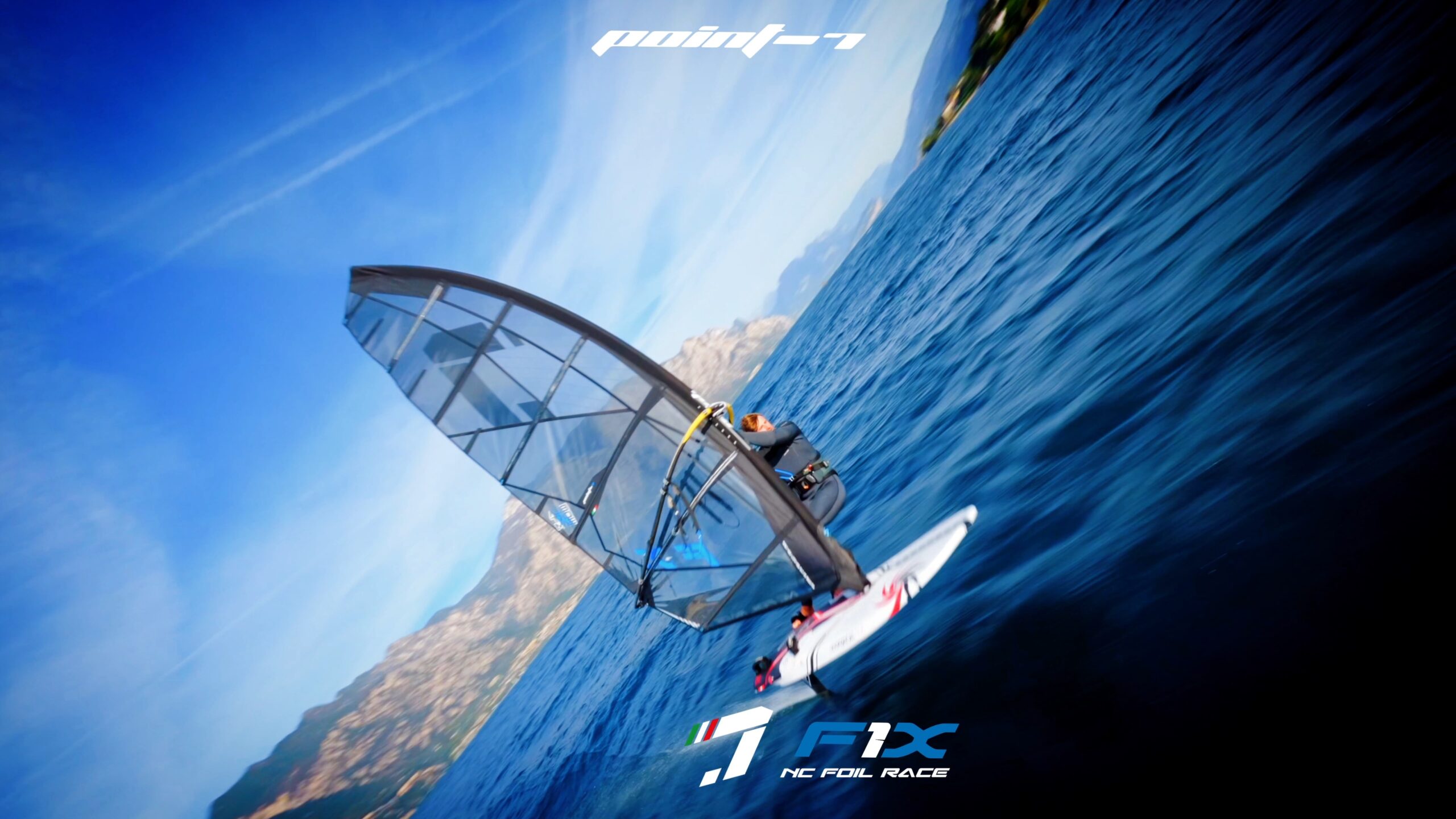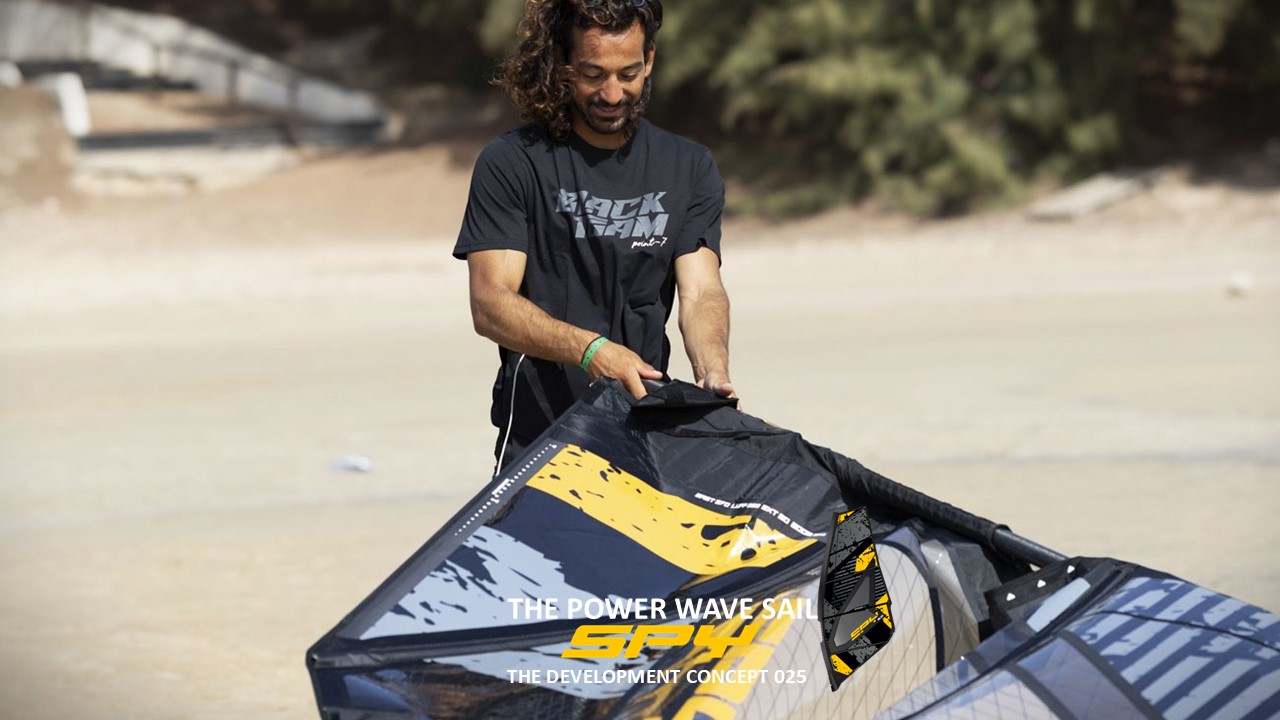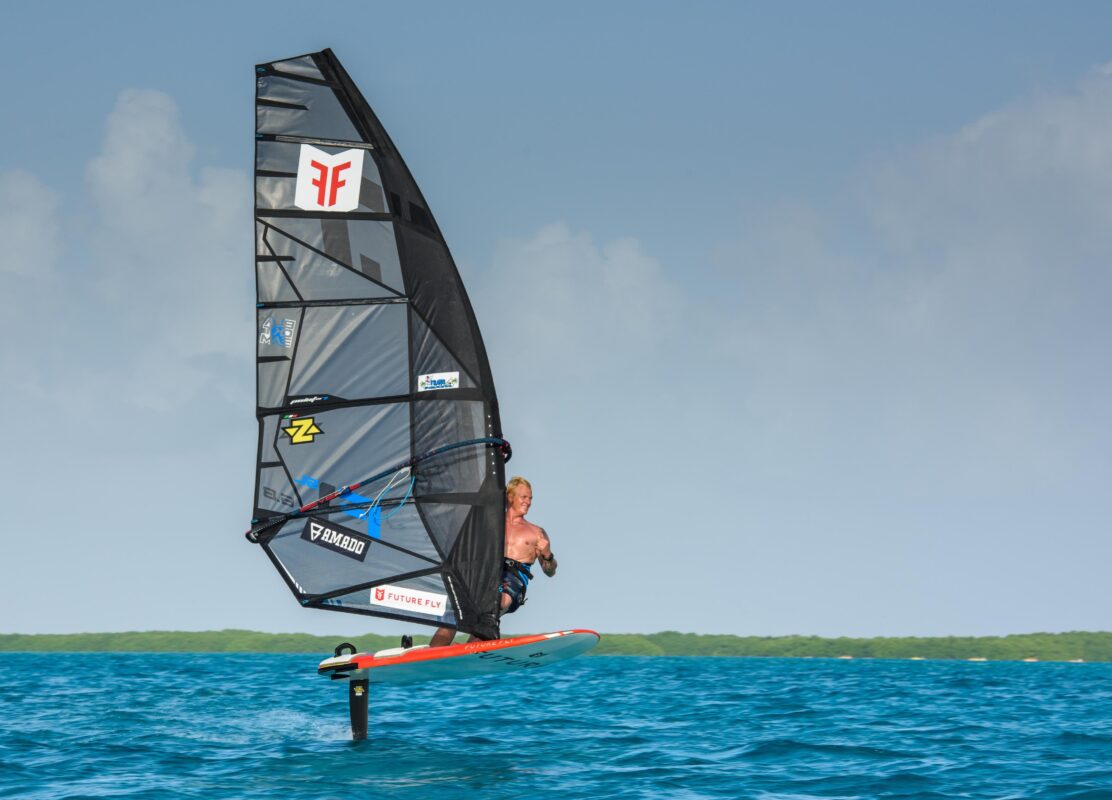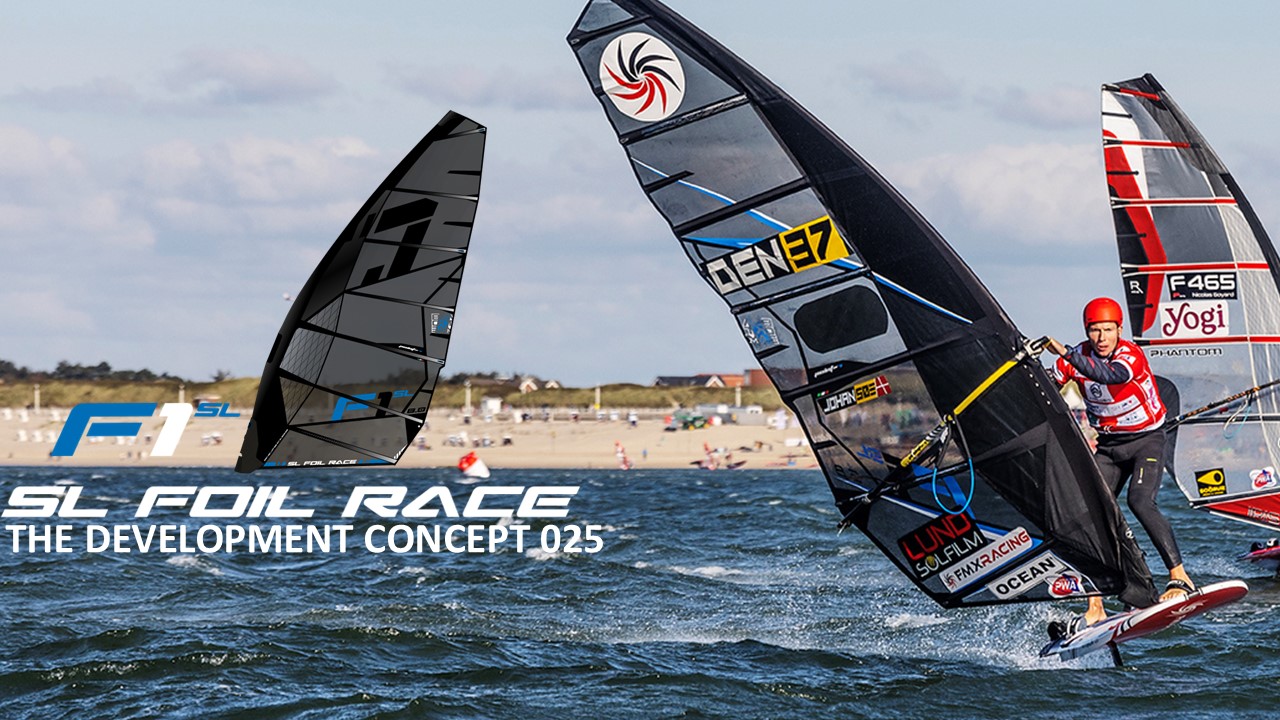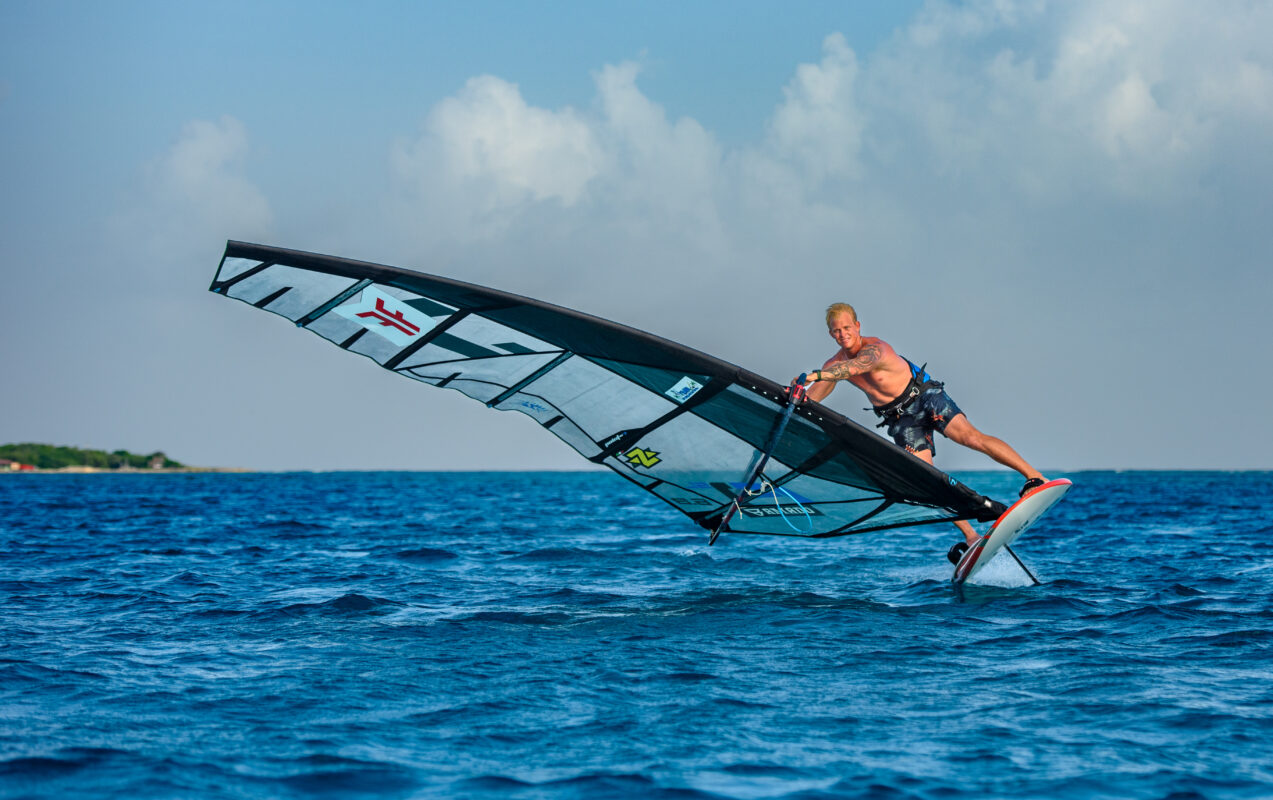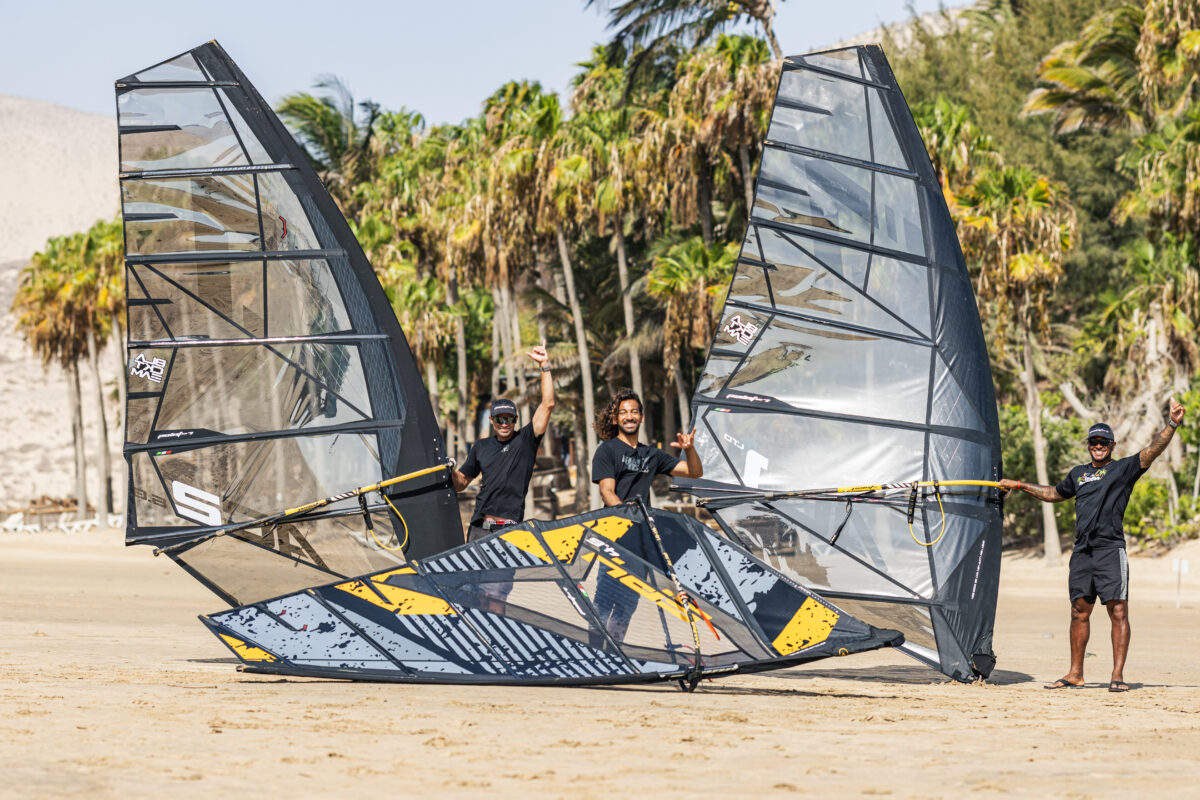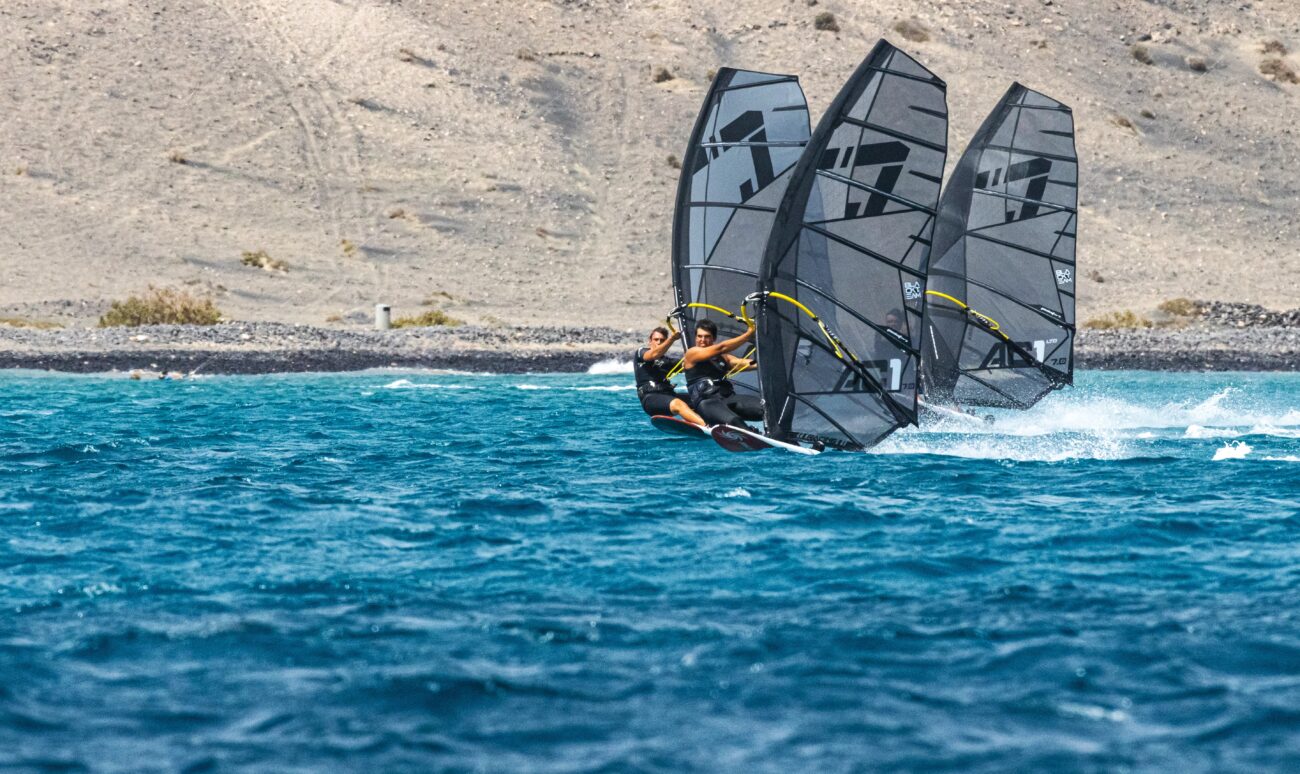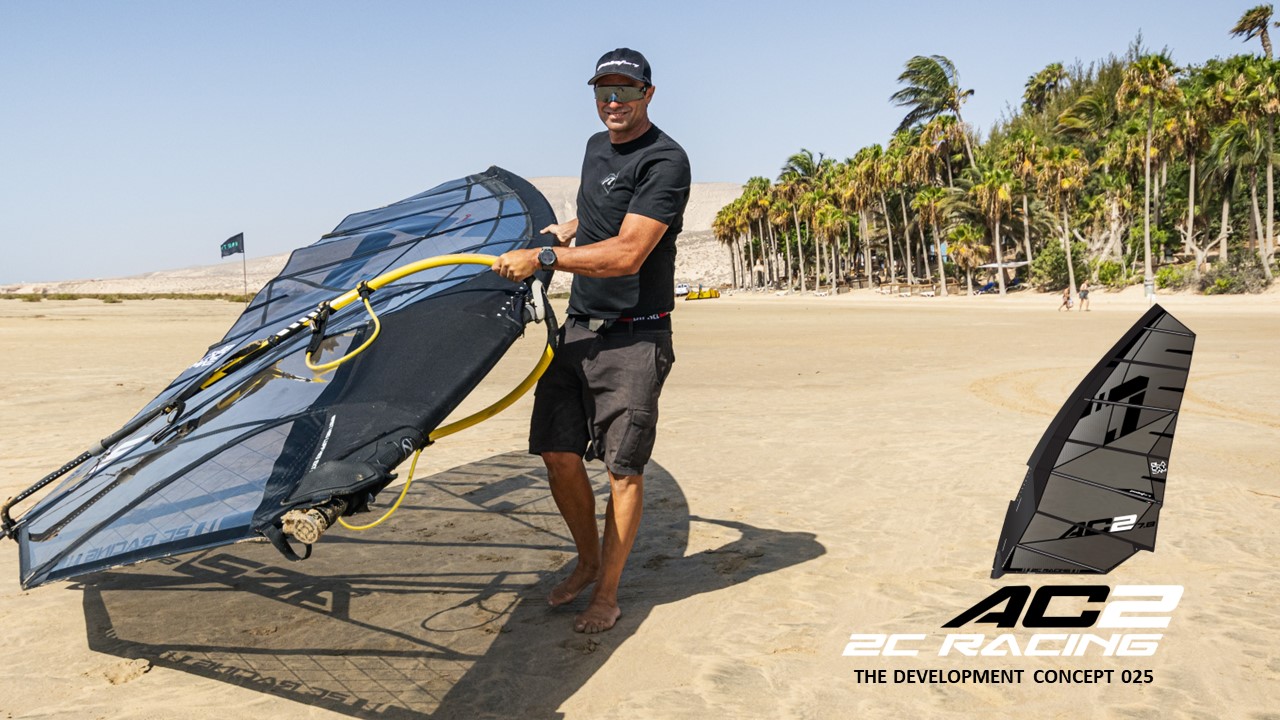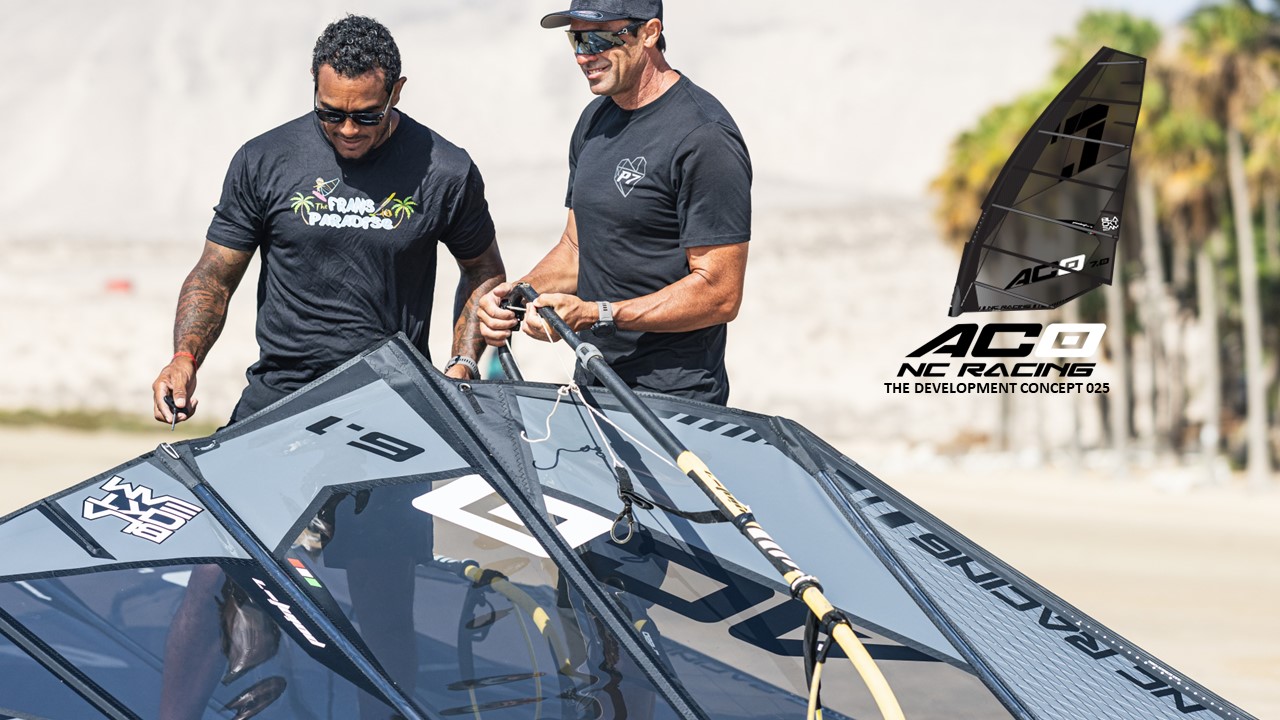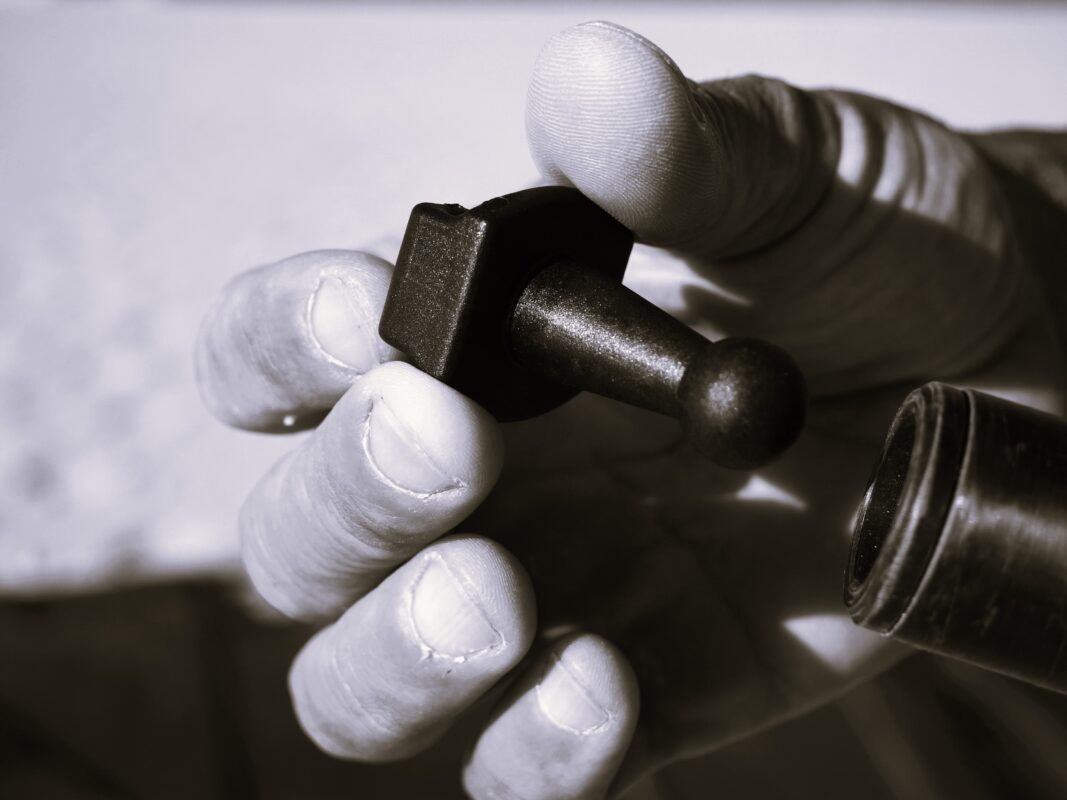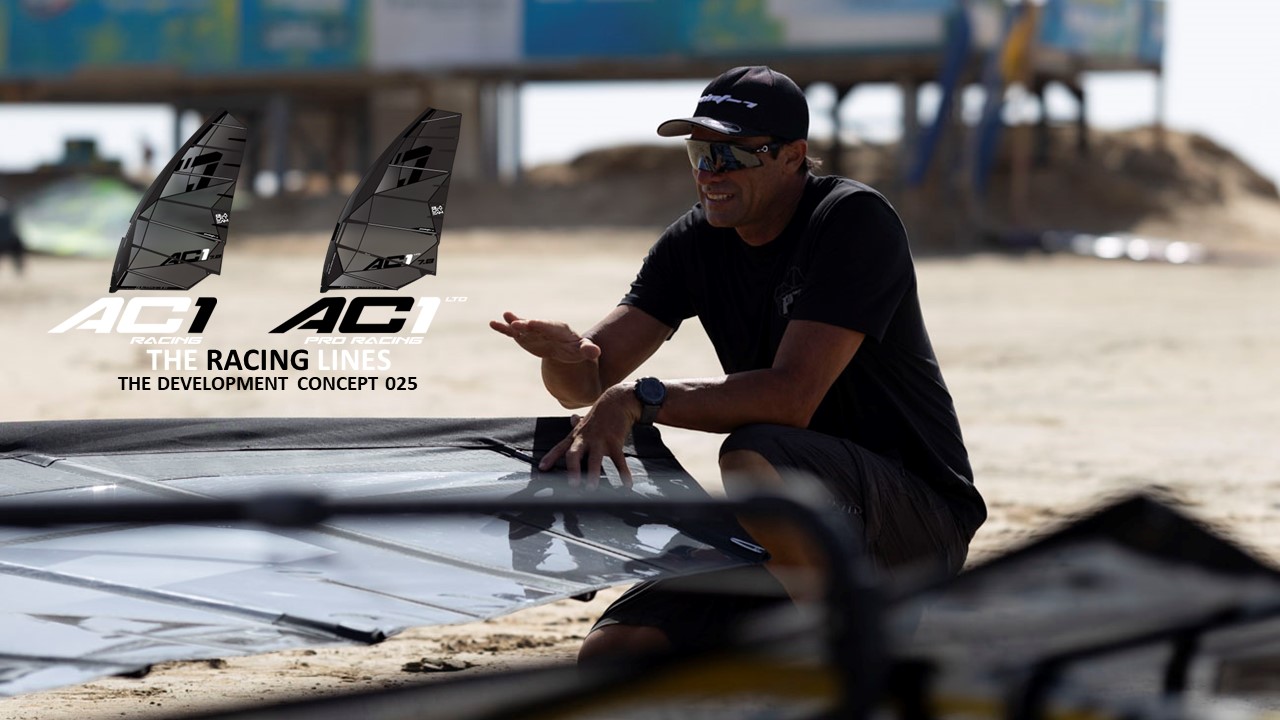- ZERO 26 – OVERVIEW
- SALTpro | PRO WAVE from €659
- SPY | FREESTYLEWAVE from €699
- SLASH | FREESTYLE from €599
- RUSH-1 | FREE SL from €689
- AC-0 | NO CAM RACE from €879
- AC-2 | 2 CAM RACE from Feb 026
- AC-3 | 3CAM RACING from €879
- AC-1 LTD | RACING from €1059
- F1 | FOIL RACING from Feb 026
- F0 | FOIL RACE NO CAM from Dic 025
- Q-BOND SAILS DETAILS
- ZERO 25 – OVERVIEW
- SALTpro | THE WAVE from €649
- SPY | FREESTYLEWAVE from €659
- SLASH | FREESTYLE from €569
- AC-F | CROSSRIDE from €639
- AC-0 | NO CAM RACE from €749
- AC-2 | 2 CAM RACE from €789
- AC-1 | RACE SERIES from €839
- F1sl | FOIL PRO RACE from €999
- F1x | FOIL NO CAM RACE from €799
- SKOOL | EASY LEARNING
- S-LINE | RENTAL SAIL
- ZERO 24 – OVERVIEW
- ZERO 23 – OVERVIEW
- ZERO 22 OVERVIEW
- ZERO 21 OVERVIEW
K100 & F100 DIFFERENCE
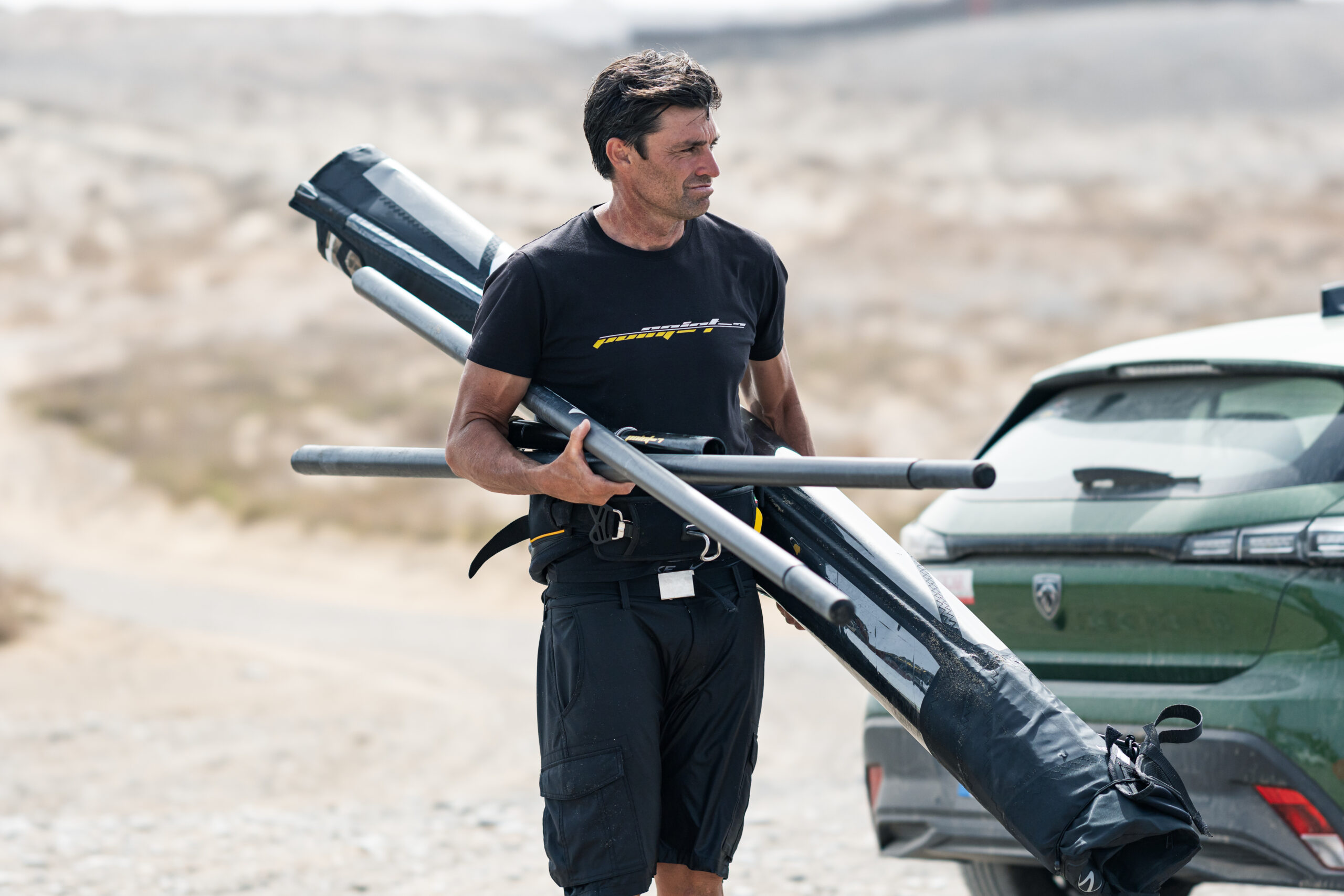
In the early days of foiling, windsurfers tried to adapt traditional slalom fin equipment to work with foils. The result was a compromise—a setup that allowed riders to get on the water without investing in completely new gear. While this solution might have worked for the casual windsurfer looking to save money and enjoy a Sunday session, it quickly became apparent that this hybrid approach was limiting as foiling progressed.
As the sport evolved, so did the skill levels of foilers. Windsurfers who embraced foiling wanted gear that was specifically designed for the unique dynamics of the foil, and the compromises of hybrid equipment no longer sufficed. We saw it also from our F1e Hybrid sail, where the sail was selling good at the beginning and later became seen as an obsolete product, even if for some could still be a great solution.
Riders now have chosen to foil or fin, depending on the conditions. This shift marked the end of hybrid gear, and the beginning of specialized designs that optimized each discipline.
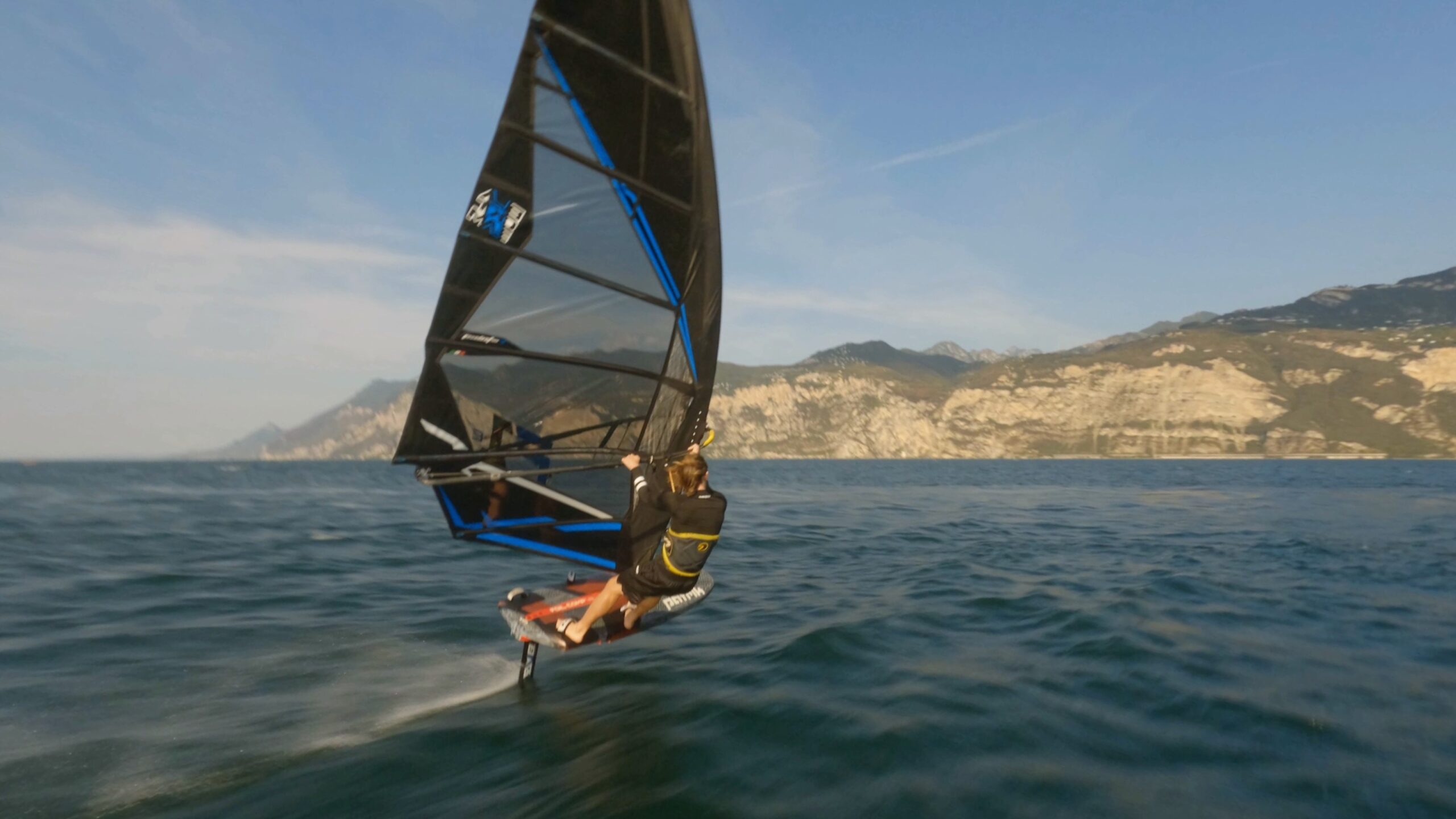
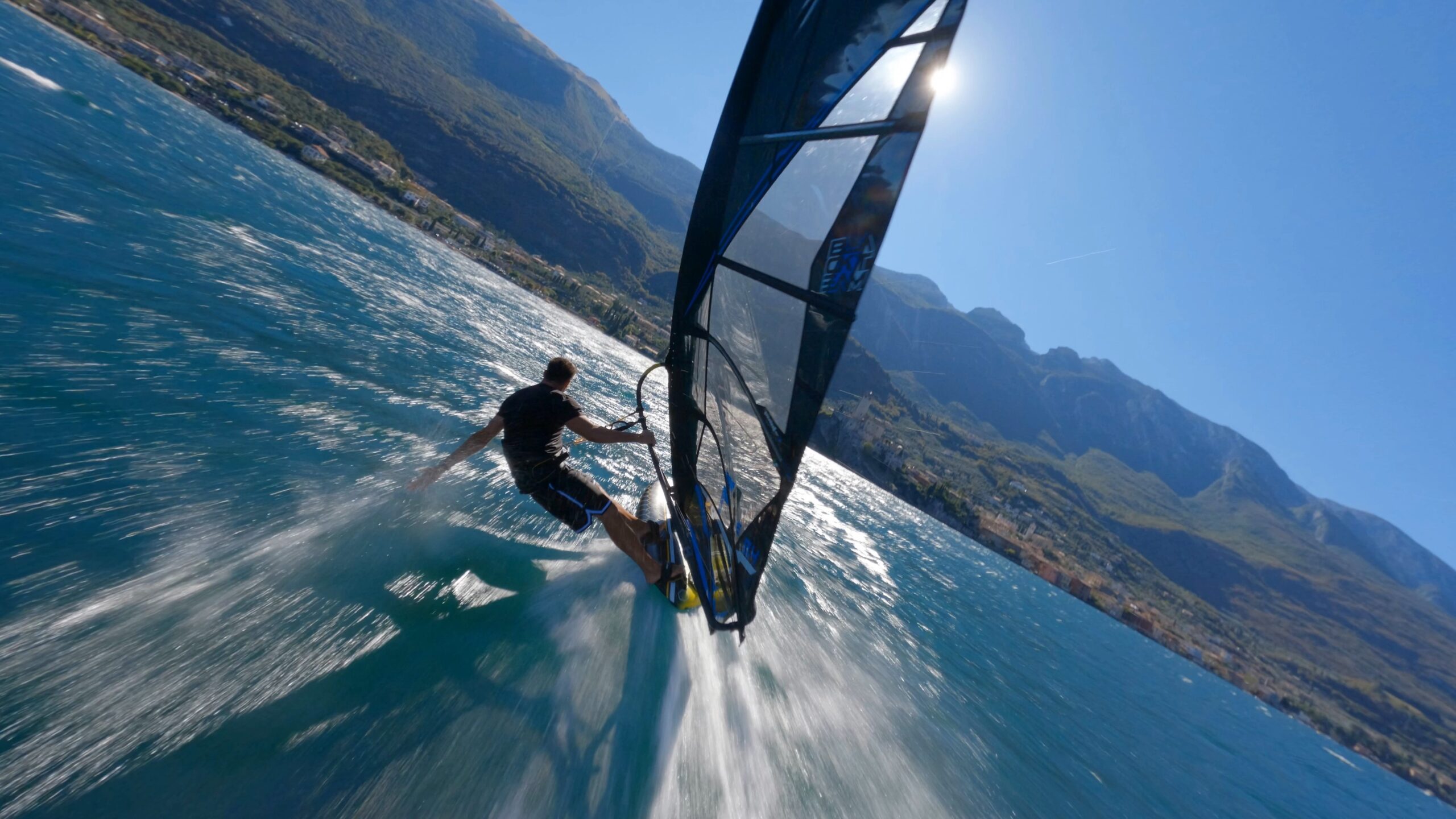
IN FIN SLALOM
In slalom, power on the backhand is essential. You rely on that power to drive the board onto its rail, allowing the fin to grip and push the board forward at high speeds. It’s all about harnessing the force on the backhand to maintain control and maximize speed.
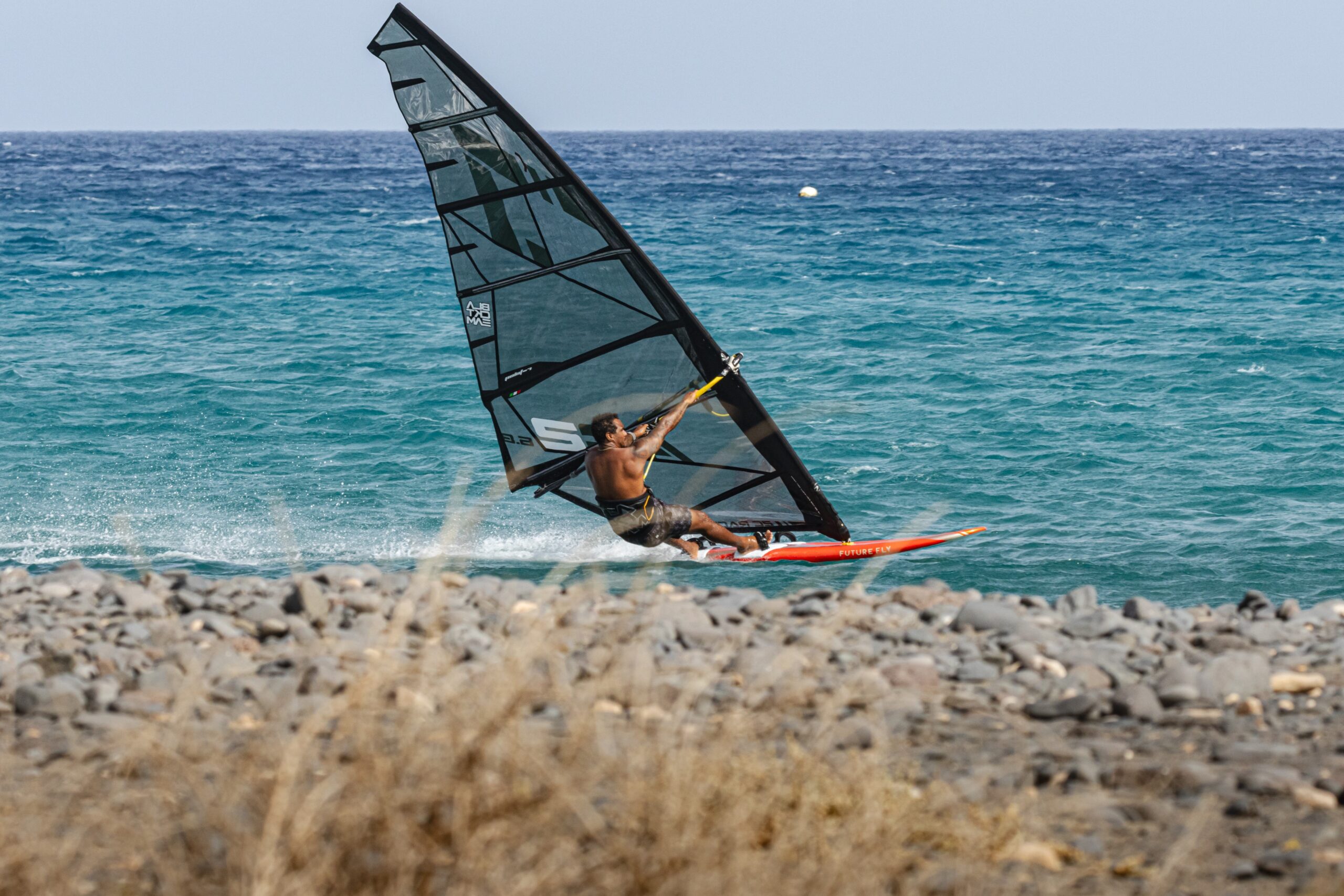
IN FOIL SLALOM
In foiling, however, the approach is completely different. You don’t want power on the backhand, as it can push the board out of the water and destabilize the foil. Instead, you need to keep your weight forward to maintain balance and ensure the foil stays submerged, generating lift without breaching.
These two approaches are in direct opposition, and as a result, the sail design for each discipline must reflect these contrasting needs. The slalom sail is built to emphasize power on the backhand, while the foiling sail is designed to deliver a more neutral, balanced feel, ensuring stability and control for the foil.
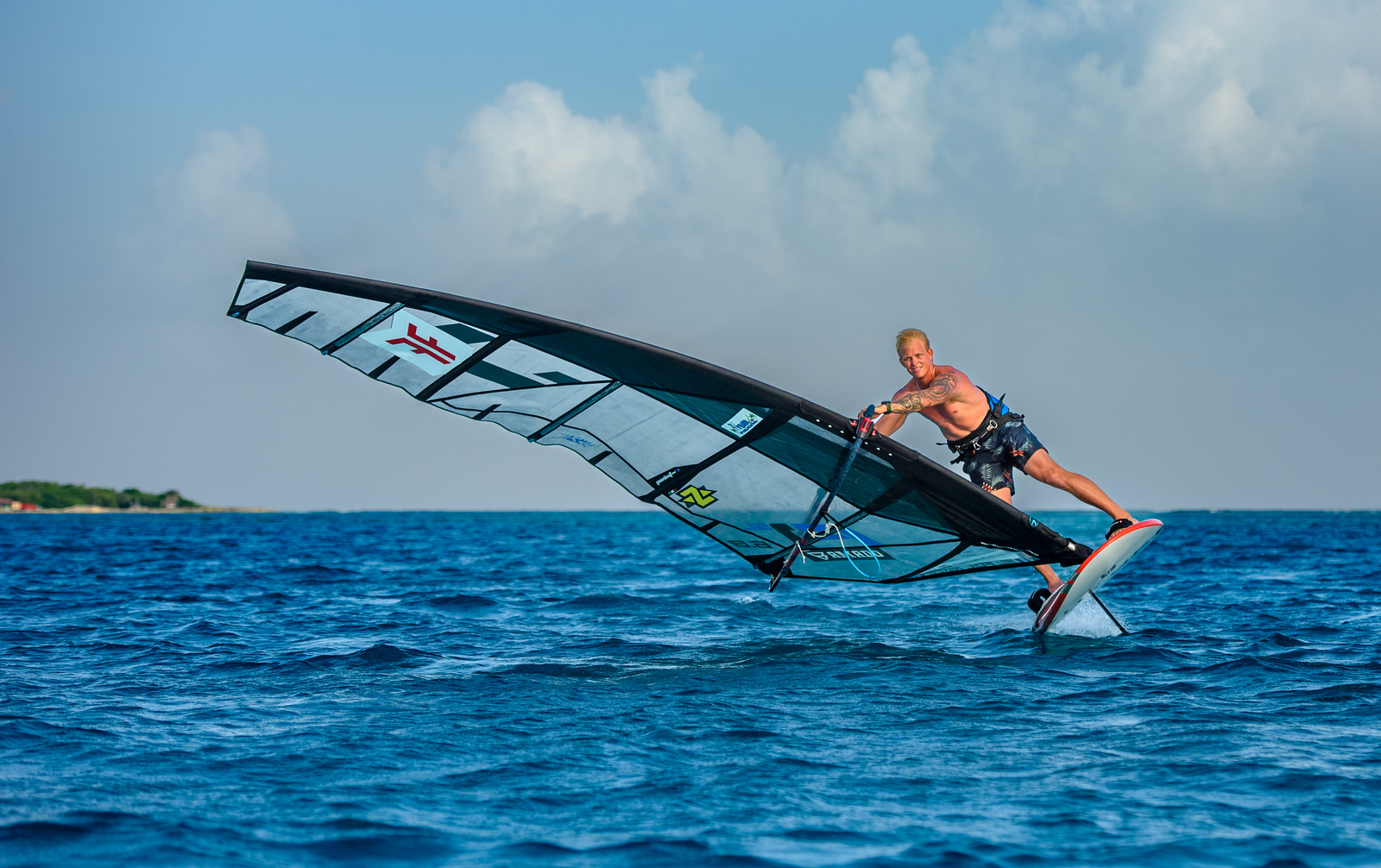
The K100 (or K line) vs. F100 Design


The same had to be for the mast. A fin mast (our K version in this case) is made to hit the water surface and release pressure from the lose leach and absorb the water surface waves and chop. It must breathe and work so that the windsurfer does not lose his stance to keep pushing comfortably on the fin. The mast Imcs is made to be bent easily to make pumping easy to get the board out of the water in lighter winds.
A foil mast would need to help to delete the back hand pressure. The high aspect of the sail already allowed a longer mast with a stiffer IMCS to be used in the same size of a fin sail. This automatically brought the extra stiffness due to length to bring the profile more forward, killing the back hand profile power. Our F100 on top of this, has been made even stiffer and with more reactive materials: Bringing the profile more forward to have less backhand, increase a reactivity that on a fin, it would be impossible to follow on a choppy surface.
In summary, the K-line is built for slalom fin, where harnessing power on the backhand, and comfort over waves, critical to performance. The sail’s design is tuned to maximize power on the fin, helping the board rail through the water and achieve high speeds.
The F100, however, is engineered for foiling. Its design focuses on maintaining balance and stability by reducing power on the backhand, increasing reactivity for lighter feel and better acceleration. This ensures the foil can stay submerged and under control, allowing the rider to glide smoothly and efficiently above the water.
In summary, the transition from hybrid gear to specialized equipment like the K100 and F100 was inevitable. As foiling grew and riders developed their skills, the need for equipment tailored specifically to each discipline became clear. The K100 and F100 represent that evolution; gear designed with a clear understanding of the demands of each discipline, providing riders with the tools they need to reach their full potential.
Can a fin sail use the F100?
No, using the F100 with a fin sail will compromise its range and make the sail feel heavy. The F100 is designed specifically for foiling, and its characteristics aren’t compatible with the performance needs of a traditional fin setup.
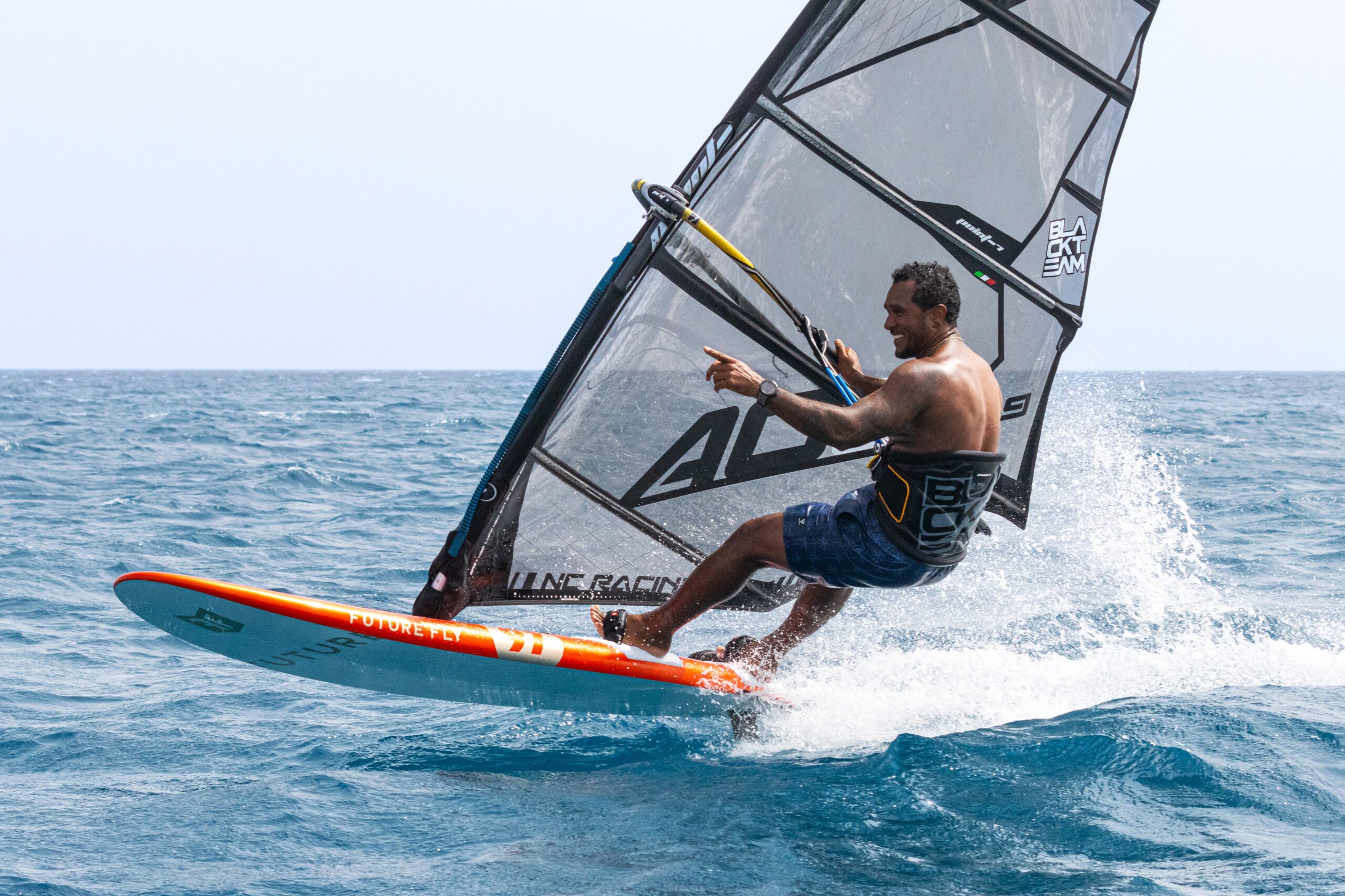
Can the F1sl Foil Pro Racing Sail use the K-Line?
Not ideally. While it’s possible, the wind range will be narrower, and stability will decrease—especially as the wind increases. The F1sl foil sail is optimized for foiling, and the K-Line will limit its performance in stronger winds, reducing overall efficiency and control.
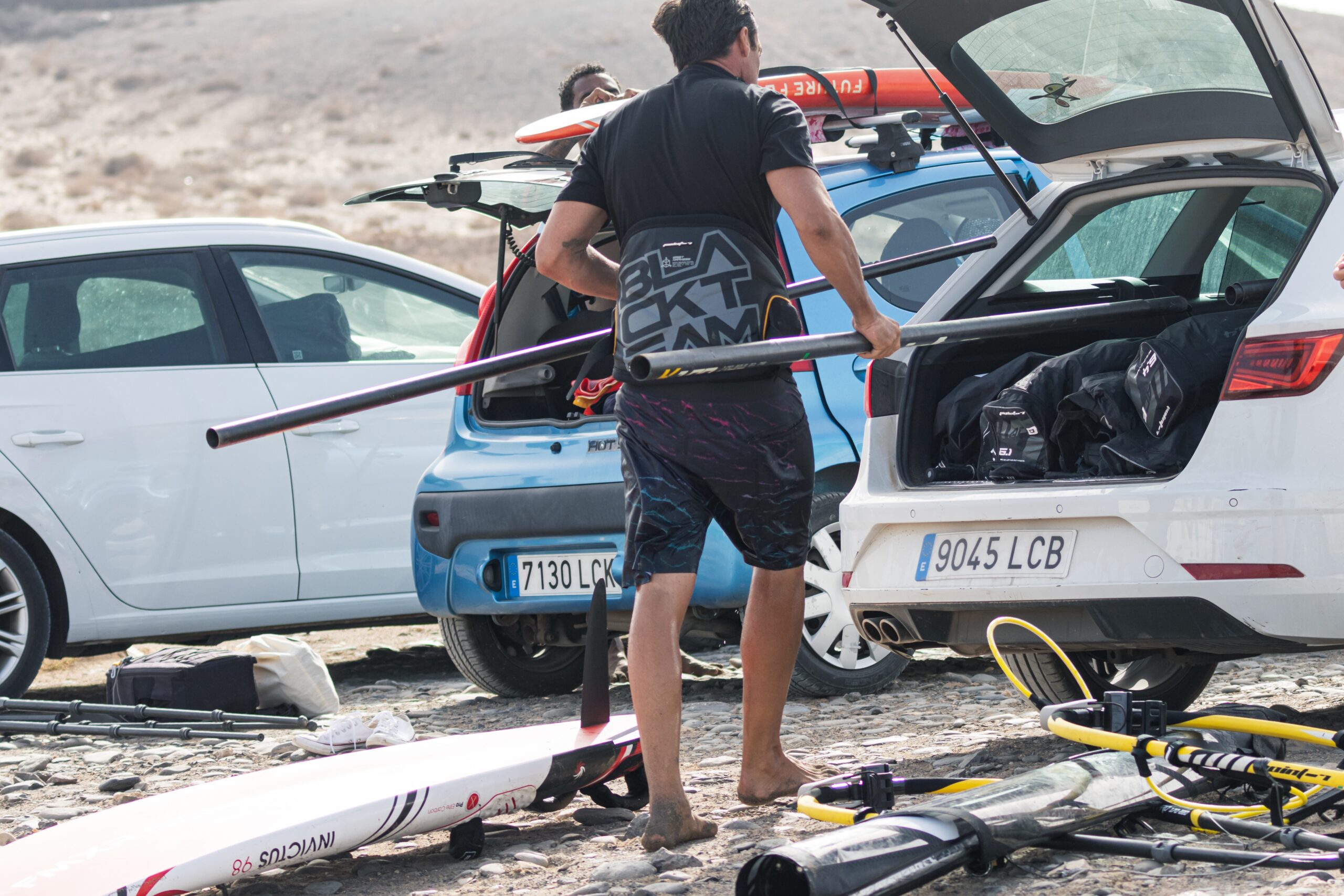
Can the F1x Foil No-Cam Racing Sail use the K-Line?
Yes, the F1x can work with the K-Line. The soft Dacron in the front of the F1x helps maintain a solid front profile, even when combined with the K-Line. The F100 will enhance the sail’s performance, providing an extra boost, particularly in light to moderate winds.
